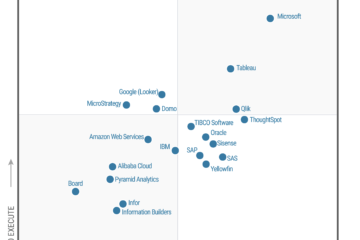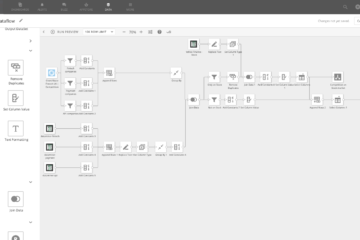How to reach customers across multiple devices and touchpoints
Cross-device attribution is one of the biggest challenges facing marketers today. But there is a simpler answer. Win customers’ trust.
In a world where brands create multiple customer touchpoints – websites, landing pages, mobile apps, email, you name it. As marketers, we know that if we can tailor our messaging to match these segments, we’re more likely to succeed. This is because what we say and – importantly – how we say it will have an impact. It will resonate, mean something, touch a nerve, stimulate an emotional response – cut through in a world that’s full of noise.
But to do this, we need to learn about our customers as single users, a process which is getting more and more challenging.
Why is this?
Devices/platforms
The rise of mobile means that we have become true multi-taskers, accessing information and services across multiple platforms, using multiple devices (mobile phone, tablets…), adding new dimensions to an already complicated picture.
Adblockers
We’re also more savvy, wise to advertisers targeting us. Look at the rise of the ad blocker. According to PageFair’s “2017 Global Adblock Report”, this software is now installed on more than 600 million devices worldwide, which equates to 11% of the internet population. And it’s growing, especially on mobile devices.
Privacy concerns
Thanks to privacy legislation, more and more people are aware of the concept of cookies and that clearing them also wipes away any trace of you on a website. These – more savvy –consumers also know that by logging in to their account, they’re also leaving valuable data for the brand in question. And they’re choosing not to. Without a login, and cross-device attribution is still a dark art.
So how do we get through to our customers?
Win their trust.
Brands need to win consumers’ trust in a transparent equation. “We give you something that is of genuine value – information, services, priority access, discounts etc. – in return for knowing more about you”. It goes further. That trust needs to be rewarded with even more value from the brand, so the second part of that equation needs also to include, “so we can keep on making you happy”, but all in a way that treats customers as individuals, human beings – not objects to be advertised to.
So how does technology come into this equation? Cross-device identification is still two-to-five years to maturity based on the Gartner Hype Cycle for Digital Marketing and Advertising 2016.
Indeed, tracking across devices without logins remains a dark art, but there are several solutions and workarounds. Most solutions in the market like the Adobe’s Marketing Cloud ID Service try to bridge the gap by cleverly leveraging cookies. These solutions generate a unique ID per visitor per device/browser. But it is required to have another ID defined upon login or customer identification to finally identify users across platforms and devices.
In the end, every company looking to track users across platform and devices is able to setup its own cookie-related ID approach if they have a customer login platform. The only requirement to such a setup is alignment across the business on which unique identifier to use for profiling users and getting users the right to use track them.
If you are already on the journey to track your customers across multiple platforms and would be looking into getting the most of it, feel free to reach to me and let’s discuss!



